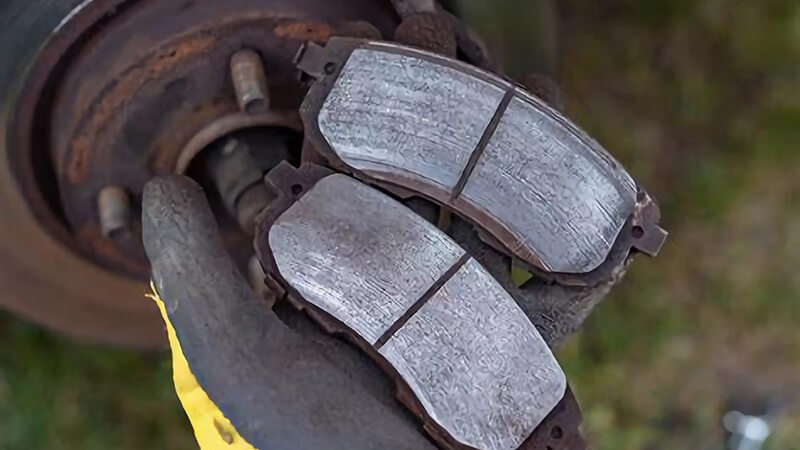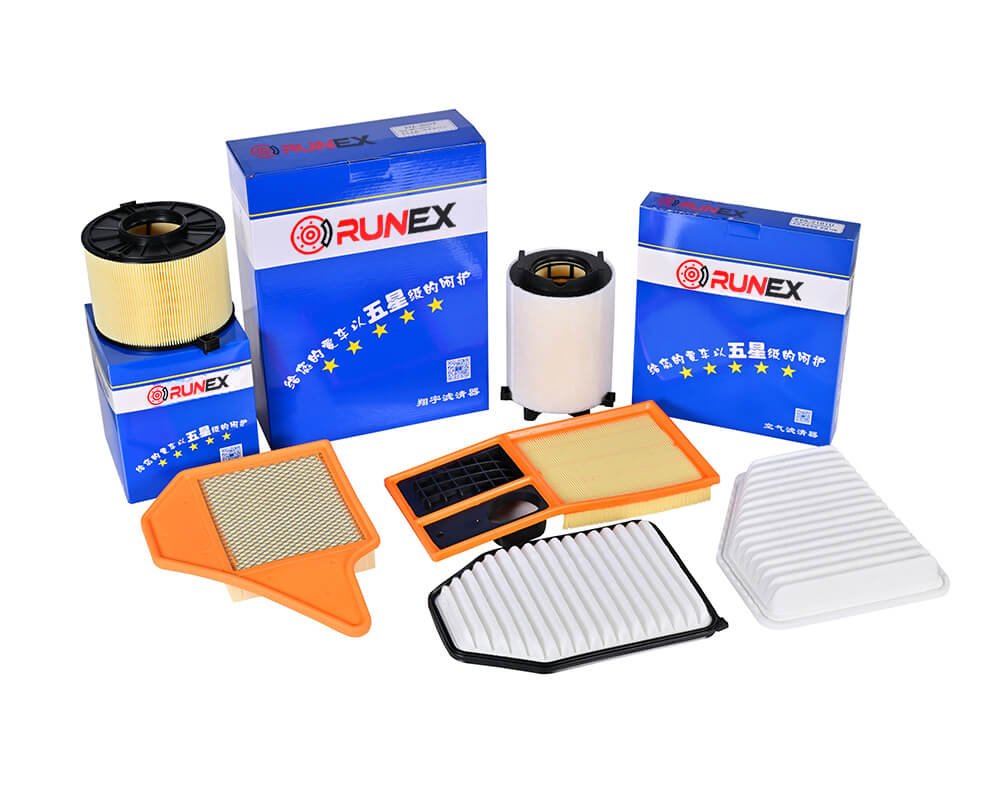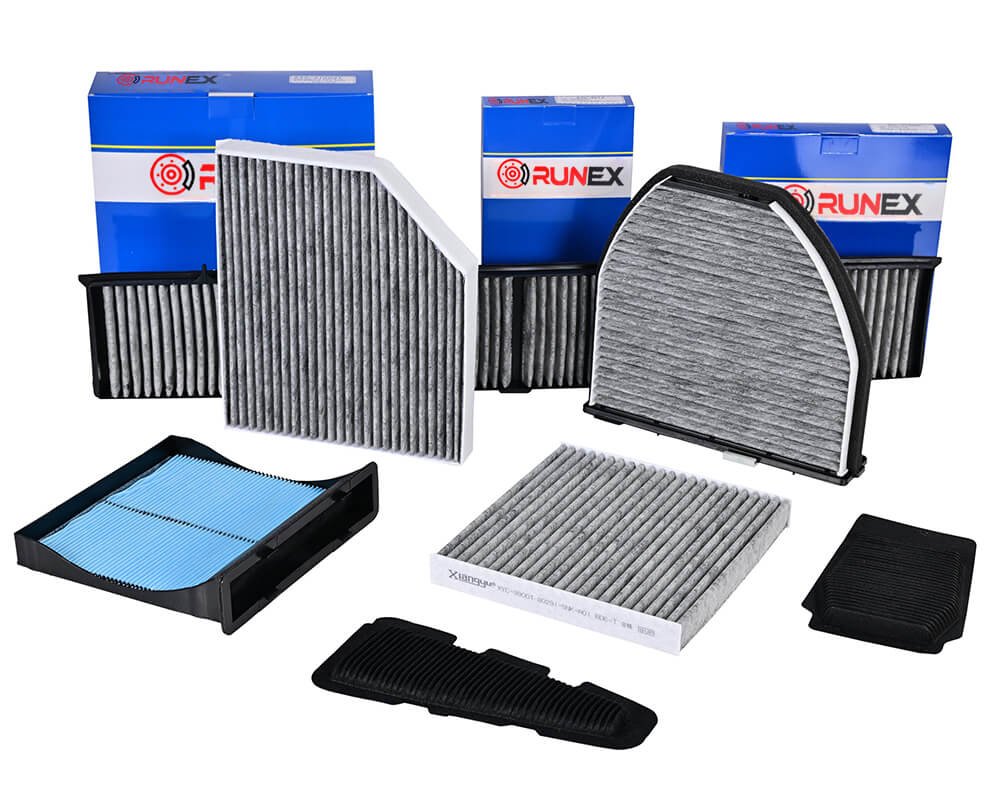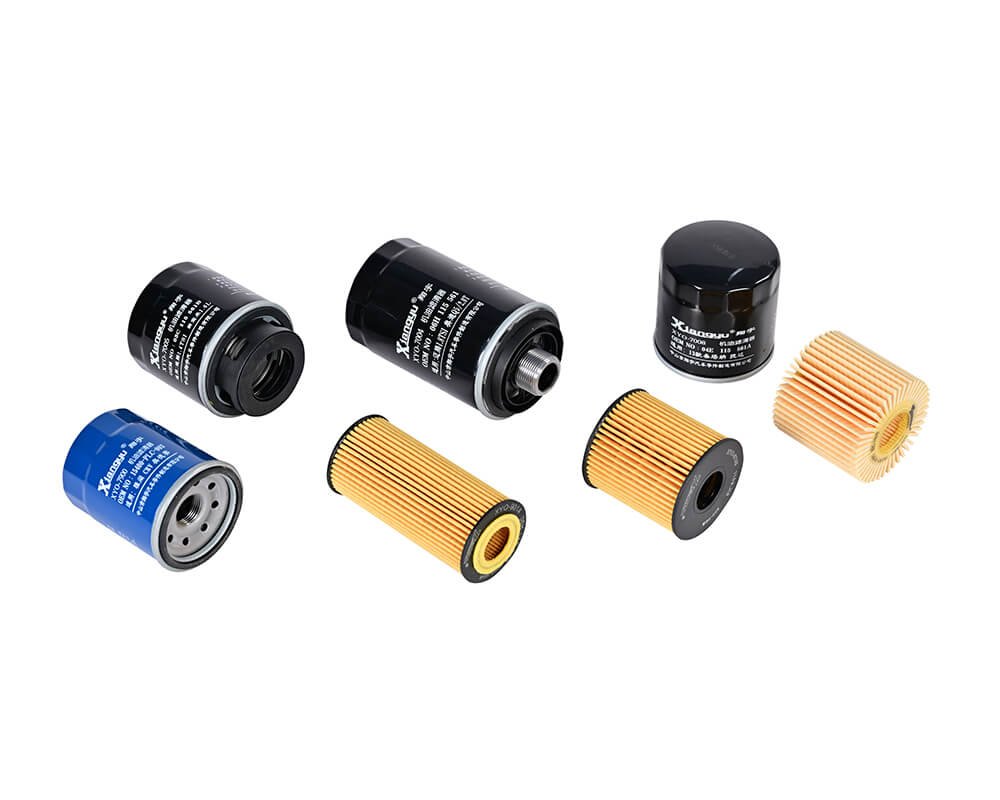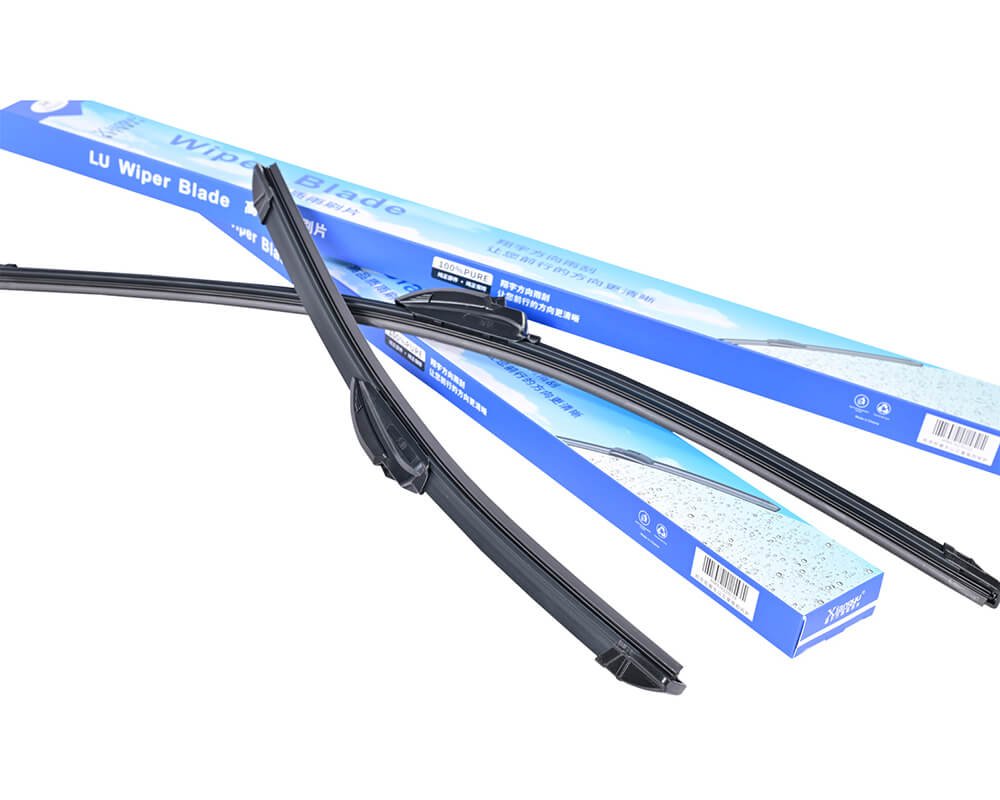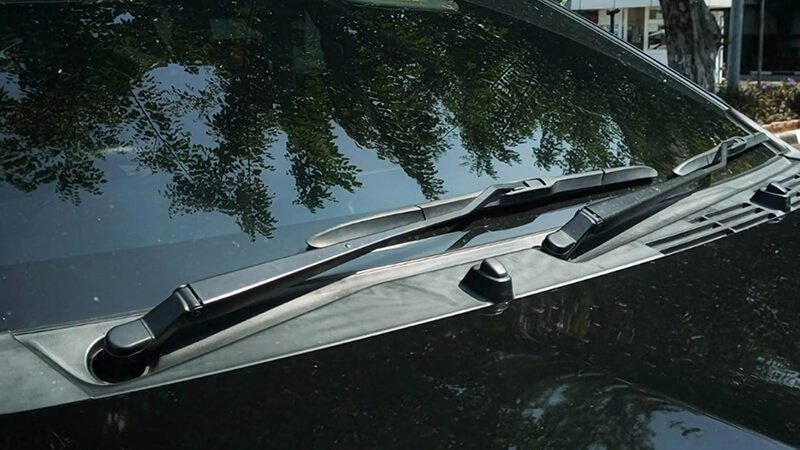Replacing your car’s brakes can be a major expense. However, understanding the costs involved can help you make informed decisions and avoid surprises. In this guide, we’ll break down the costs of new brakes and what you need to know to get the best value.
The cost of new brakes can vary depending on the type of vehicle, the quality of the parts, and whether you choose to replace just the pads or the entire braking system. In general, you can expect to pay anywhere from $150 to $700 or more for a new set of brakes.
Now that we’ve outlined the general cost range, let’s explore the specific factors that contribute to the price of new brakes. By understanding these elements, you can make smarter decisions when shopping for brake replacement.
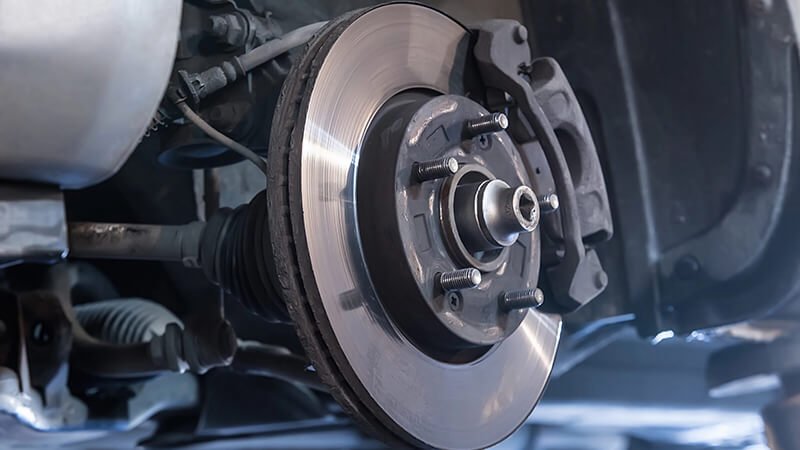
How much should a new set of brakes cost?
When it comes to replacing your car’s brakes, knowing how much to expect can save you from overpaying. In this section, we’ll look at what influences the cost of a new set of brakes and provide a breakdown of typical pricing.\
The price for a new set of brakes can vary widely depending on the make and model of your vehicle, the quality of parts, and whether you replace just the brake pads or the entire braking system. Typically, you can expect to pay between $150 and $700.\
The cost of a new set of brakes depends on several key factors. Here’s a breakdown of these factors:
1. Vehicle Type1
Luxury vehicles and high-performance cars generally require specialized brake parts, which drive up the cost. For example, a sports car may need carbon-ceramic rotors2, which can cost significantly more than standard rotors. Conversely, economy cars use more common, less expensive components.
2. Brake Type3
Brake components vary in terms of material, which also affects the price. The main types of brake pads are:
| Brake Pad Type | Characteristics | Price Range |
|---|---|---|
| Organic Pads | Made from non-metallic materials, soft | $50 - $150 |
| Semi-metallic | Balanced with metal, better heat resistance | $75 - $250 |
| Ceramic Pads | Quiet and long-lasting, best for performance cars | $100 - $300 |
3. Labor Costs
Labor costs can vary depending on the region and the mechanic's expertise. On average, labor costs are $50-$150 per hour. Brake replacement typically takes 2 to 3 hours, depending on the complexity and whether rotors need to be replaced.
4. Aftermarket vs OEM Parts
Aftermarket parts are often less expensive, but they might not meet the exact standards of original equipment manufacturer (OEM) parts. For those who want guaranteed reliability, OEM parts are a safer bet, though they come with a higher price tag.
A typical price breakdown for a new set of brakes on a common sedan (including labor and parts) could look like this:
| Component | Price Range |
|---|---|
| Brake Pads | $50 - $150 |
| Brake Rotors | $100 - $300 |
| Labor | $100 - $300 |
| Total (pads + rotors + labor) | $300 - $700 |

How much should I pay someone to change my brakes and rotors?
Changing both the brakes and rotors can be a significant job, and the labor cost is an important consideration. Let’s explore how much you should expect to pay for someone to perform the brake and rotor replacement.
The labor cost to replace both the brake pads and rotors usually ranges between $100 and $300, depending on the complexity of the job and where you take your car. In addition, you’ll pay for the parts, which can cost anywhere from $300 to $700 or more.
Changing both the brakes and rotors is a common job, and understanding the costs involved can help you budget appropriately. Below, I’ll go into more detail about the factors that affect the cost.
1. Labor Costs Breakdown4
As noted, labor costs typically range from $100 to $300 depending on the shop’s hourly rate and your vehicle’s complexity. For example:
| Type of Service | Estimated Labor Time | Labor Cost (per hour) | Total Labor Cost |
|---|---|---|---|
| Standard Brake Job | 2 hours | $50 - $100 | $100 - $200 |
| Performance Brake Job | 3 hours | $100 - $150 | $200 - $450 |
Labor costs also depend on the shop’s reputation, expertise, and the geographical location of the service provider. Dealerships tend to charge more than independent mechanics.
2. Parts Cost
The cost of the parts will also affect the overall price. High-performance or luxury vehicle parts cost more than standard parts. The table below shows an estimate for parts pricing:
| Brake Pads | Price Range |
|---|---|
| Standard Pads | $50 - $150 |
| Performance Pads | $100 - $300 |
| Rotor Replacement | $150 - $350 |
Adding in both labor and parts, the total cost of replacing both brakes and rotors typically falls between $400 and $900, depending on the specific vehicle and parts used.
3. Location & Type of Repair Shop
Where you have the work done matters too. Larger cities or areas with higher living costs tend to have higher labor rates. Dealerships also often charge a premium for their services. On the other hand, independent mechanics might offer a more affordable option, though it’s important to ensure that they use quality parts.
| Location | Labor Rate (per hour) | Total Estimated Cost |
|---|---|---|
| Small Town | $50 - $75 | $400 - $700 |
| Mid-sized City | $75 - $125 | $500 - $850 |
| Major City | $100 - $150 | $600 - $900 |
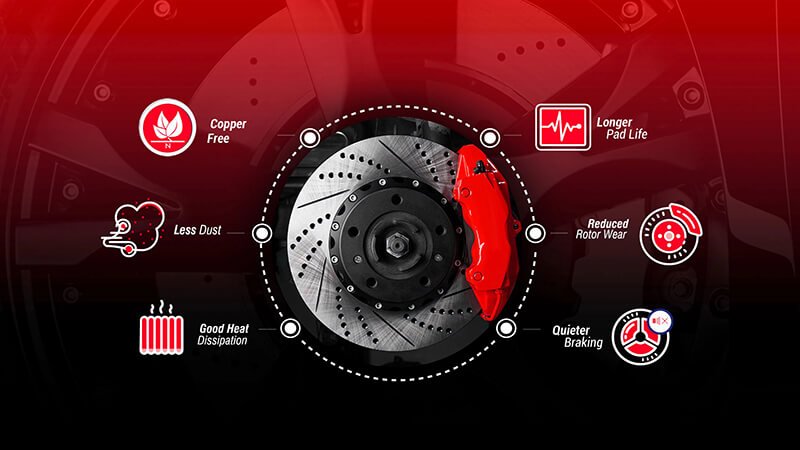
Why are new brakes so expensive?
If you’ve ever been shocked by the price of new brakes, you’re not alone. The cost can seem high, but there are several factors that contribute to the price of new brake pads and rotors. Let’s take a closer look at why brakes are so expensive.\
New brakes can be expensive due to the high cost of quality materials, complex manufacturing processes, and labor. Additionally, specialized components and high-performance parts for certain vehicles add to the price.
The high cost of brakes is influenced by multiple factors, ranging from material quality to manufacturing complexity. Below are the primary reasons why you might pay more for your brake components:
1. Material Costs5
Brake pads and rotors are made from a mix of materials that ensure strength, heat resistance, and durability. Common materials include:
| Material | Use | Cost Implications |
|---|---|---|
| Steel | Found in rotors | Low cost |
| Cast Iron | Used in heavy-duty applications | Medium cost |
| Carbon-Ceramic | Used in high-performance brakes | High cost |
| Copper | Used in some brake pad formulations | Medium to high cost |
High-performance vehicles often require carbon-ceramic rotors, which can cost several thousand dollars. These materials provide excellent heat dissipation and braking power but at a premium price.
2. Manufacturing Complexity
The manufacturing process for brake components is highly precise and involves advanced technology. Ensuring the perfect balance of strength and heat resistance requires specialized processes, such as heat treating and machining, which drive up production costs.
3. Safety and Performance Regulations
Brakes are one of the most critical safety components of a vehicle. Because of their importance in keeping drivers safe, manufacturers must adhere to stringent standards. This involves investing in rigorous testing and quality control, which adds to the final price of the components.
4. Specialized Vehicle Components
For certain high-performance or luxury vehicles, specialized parts are required, such as ceramic brake pads and custom-fit rotors. These specialized parts are far more expensive due to the advanced materials used and the limited production runs.
| Vehicle Type | Special Parts Cost | Example Components |
|---|---|---|
| Luxury Cars | $500 - $1,500 | Carbon-ceramic rotors |
| Performance Cars | $800 - $3,000 | High-performance pads |
| Standard Cars | $150 - $500 | Standard pads and rotors |
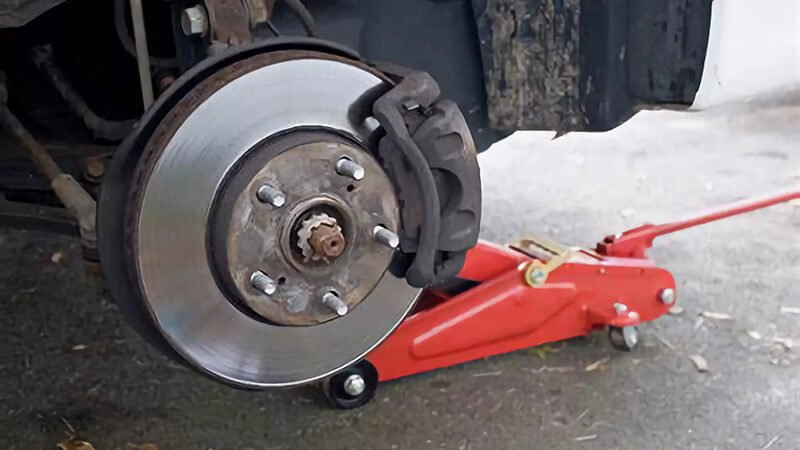
Can I just replace brake pads and not rotors?
When it comes to replacing brakes, many people wonder if it's necessary to replace both the pads and rotors. Let’s break down whether it’s possible to replace just the brake pads and leave the rotors intact.\
In some cases, you can replace just the brake pads and leave the rotors if they’re in good condition. However, it’s important to inspect the rotors for wear, grooves, or warping, as these issues can affect brake performance and safety.
Replacing just the brake pads is often possible, but it depends on the condition of the rotors. Let’s go over the factors to consider before deciding:
1. Rotor Condition6
Rotors need to be smooth and free of grooves, cracks, or warping for optimal brake performance. If the rotor surfaces are damaged, replacing them along with the pads is necessary to ensure efficient braking.
| Rotor Condition | Action Needed | Cost Implication |
|---|---|---|
| Smooth & Even | Just replace pads | Lower cost |
| Grooved | Resurface or replace | Medium to high cost |
| Warped | Replace | High cost |
2. Rotor Thickness
Rotors wear down over time and can become too thin for safe use. Each rotor has a minimum thickness specified by the manufacturer. If your rotors are below this threshold, replacing them is necessary for safety.
3. Brake Performance
If you replace only the pads and not the rotors, you may experience uneven braking. Worn rotors cause uneven pressure distribution on the pads, which leads to a less efficient braking system. This can also cause your new pads to wear out faster.
| Action | Effect on Braking | Cost Impact |
|---|---|---|
| Replace pads only | Reduced braking efficiency | Lower immediate cost |
| Replace pads and rotors | Improved safety and performance | Higher initial cost |
Before deciding, always have a professional inspect the rotors to see if resurfacing or replacement is necessary.
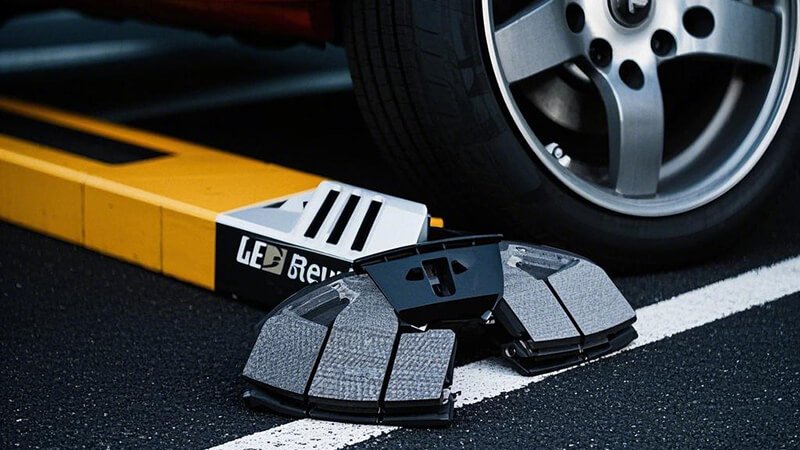
Conclusion
Replacing your brakes is an important aspect of vehicle maintenance, and knowing the costs involved can help you plan ahead. By understanding the factors that influence brake prices, labor costs, and whether you need to replace both pads and rotors, you can make an informed decision that fits your budget and ensures your safety on the road.
-
This link will explain the key factors affecting the cost of brake replacements, helping you understand pricing variations. ↩
-
This link will explain what carbon-ceramic rotors are and why they cost more compared to standard rotors. ↩
-
This link explains why different vehicle models can affect the labor cost of brake and rotor replacement. ↩
-
Learn about the materials used in brake pads and rotors and how they impact their cost. ↩
-
Learn why inspecting the condition of rotors is essential when replacing brake pads for optimal safety and performance. ↩
-
Learn why inspecting the condition of rotors is essential when replacing brake pads for optimal safety and performance. ↩

